
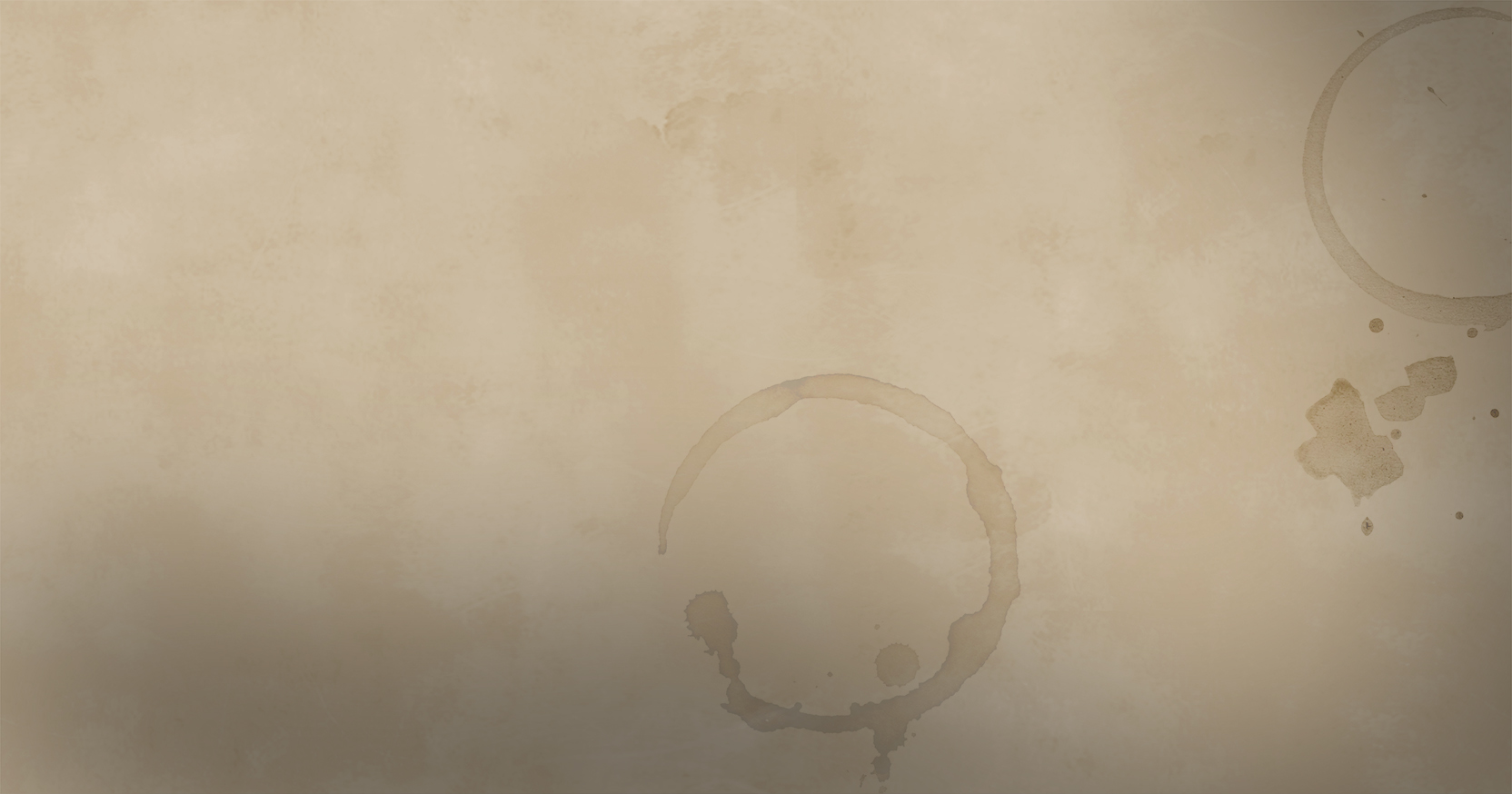
One player performs the role of the ‘Hivekeeper’; an impartial referee and storyteller. The Hivekeeper is the medium through which the game is brought to life and is the authority charged with conveying the rules to the other players. The Hivekeeper presents the scenes and events, and the varied cast of non-player characters, that occur in a given scenario in order to immerse those around the table into the situation and encourage active participation.
The other players assume the guise of an avatar, or ‘player character’; a person who lives in the game world and experiences whatever events and encounters are described by the Hivekeeper.
Players can choose from many options to determine who their unique player character will be, their strengths and weaknesses, outlook and personality and the range of skills they would to bring to the party.
Each player character has a wealth of knowledge at their disposal, from rope-working to poetry, forging armour to gathering plants and fungi, farming giant insects or riding one into battle. As they advance through their adventures, players will find their character growing in experience and honing favoured skills to become masters of their craft.
Unlike traditional games, there are no winning conditions per se and ones’ adventures may continue ad infin. Each personal accomplishment is a victory, be that the successful completion of some difficult task or something more prosaic, such as travelling from A to B unscathed.
Very much an ‘open-world’ RPG, players can pursue their own path and write their own chapter in the tales of the Kytin Age. Whether it be exciting tactical combat they enjoy, exploration, political intrigue or simply living within the game world on a day-to-day basis, the rules have it covered.
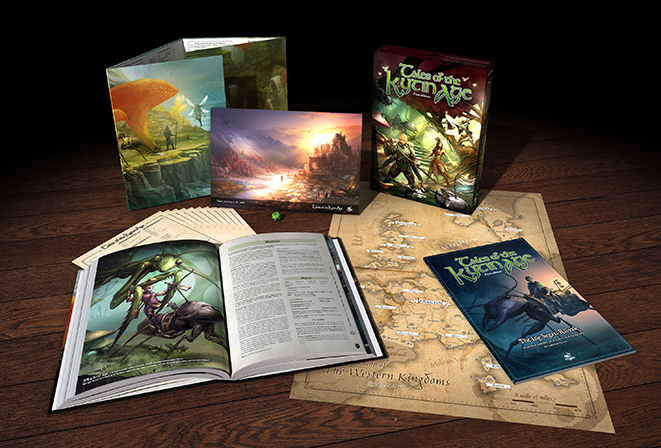
Dice are essential. Four types of dice are used which may be purchased at good hobby and game stores. The dice needed are 6, 8, 10 and 20-sided. In gaming terms, we refer to these as d6’s, d8’s, d10’s and d20’s.
Though optional, tabletop gaming miniatures and tape measures (imperial) are useful, especially during combat situations. Miniatures representing who (and what) is involved in a fight are available from most gaming and toy stores (pick some up with your dice). This is a great opportunity to indulge in plastic bug toys.
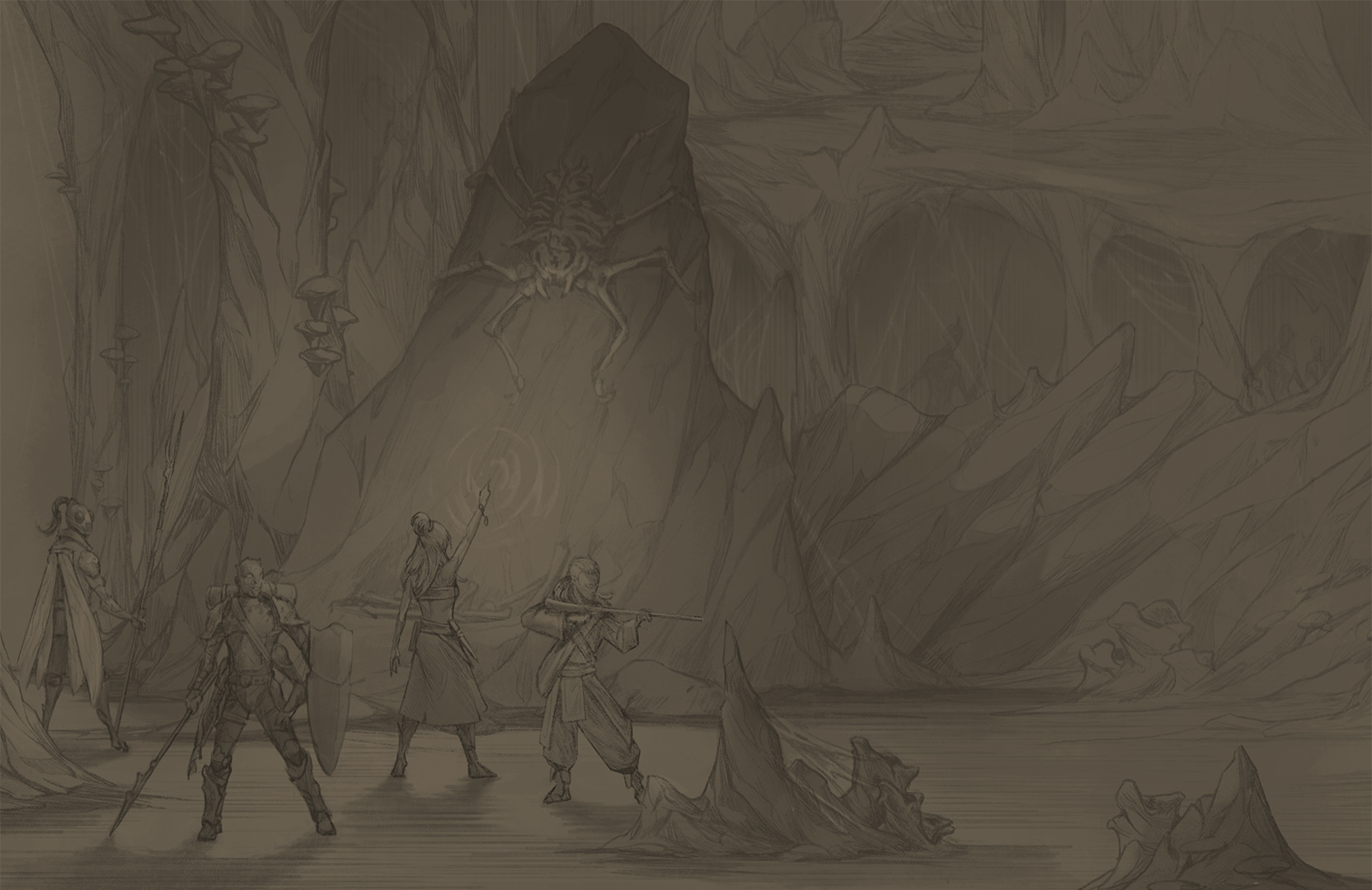
Character Creation
The game allows players to create a character that compliments their own style of play beyond the classic fighter, thief, healer and mage archetypes. Randomness plays little part, with most results decided by the player or mitigated through choice.
Core game mechanics are introduced throughout and players will gain a broad understanding of the system as they develop their character.
Backgrounds
By the end of the step-by-step process, each player will have a unique, ready-to-play character with a rich background to draw upon. They’ll know their character’s social status, choose their childhood hobbies, and decide what they want out of life and their approach to getting it. After the calamitous events which kick off the game, they’ll learn which, if any, family members remain alive and, if so, where in the world they may be. From the get-go, the world draws them in with possibilities for adventure!
Attributes
As much as personal history is important for role-playing purposes, it is often on their attributes by which characters are judged. Those in TotKA have nine statistics which provide a physical and mental profile of a character in numerical form. These numbers show the character’s natural strengths and weaknesses, playing an important role in their development. The higher the value, the stronger a character displays a particular trait.
A character’s vision, hearing, and smell depend upon their Senses attribute. Wit reflects their intelligence whilst Will is a measure of mental strength. This is an important trait for telempathic and metamorphic characters who need to exert a strong mental force to implement their natural abilities.
Empathy is a measure of a character’s sensitivity and understanding when dealing with others. Dexterity refers to manual dexterity and determines how well a character can manipulate objects with their hands, such as crafting items, tying knots, picking locks and playing musical instruments.
A character’s physical prowess when performing feats such as flying, jumping, climbing and riding are governed by their Agility. Strength establishes how much a character may carry before becoming encumbered and how hard they are able to hit things.
Aim reflects a character’s hand-to-eye coordination, an attribute important in the use of ranged weapons, whereas finally, Reflexes indicate the character’s physical reaction time. This attribute is mainly used to determine the important factor of who acts first in combat.
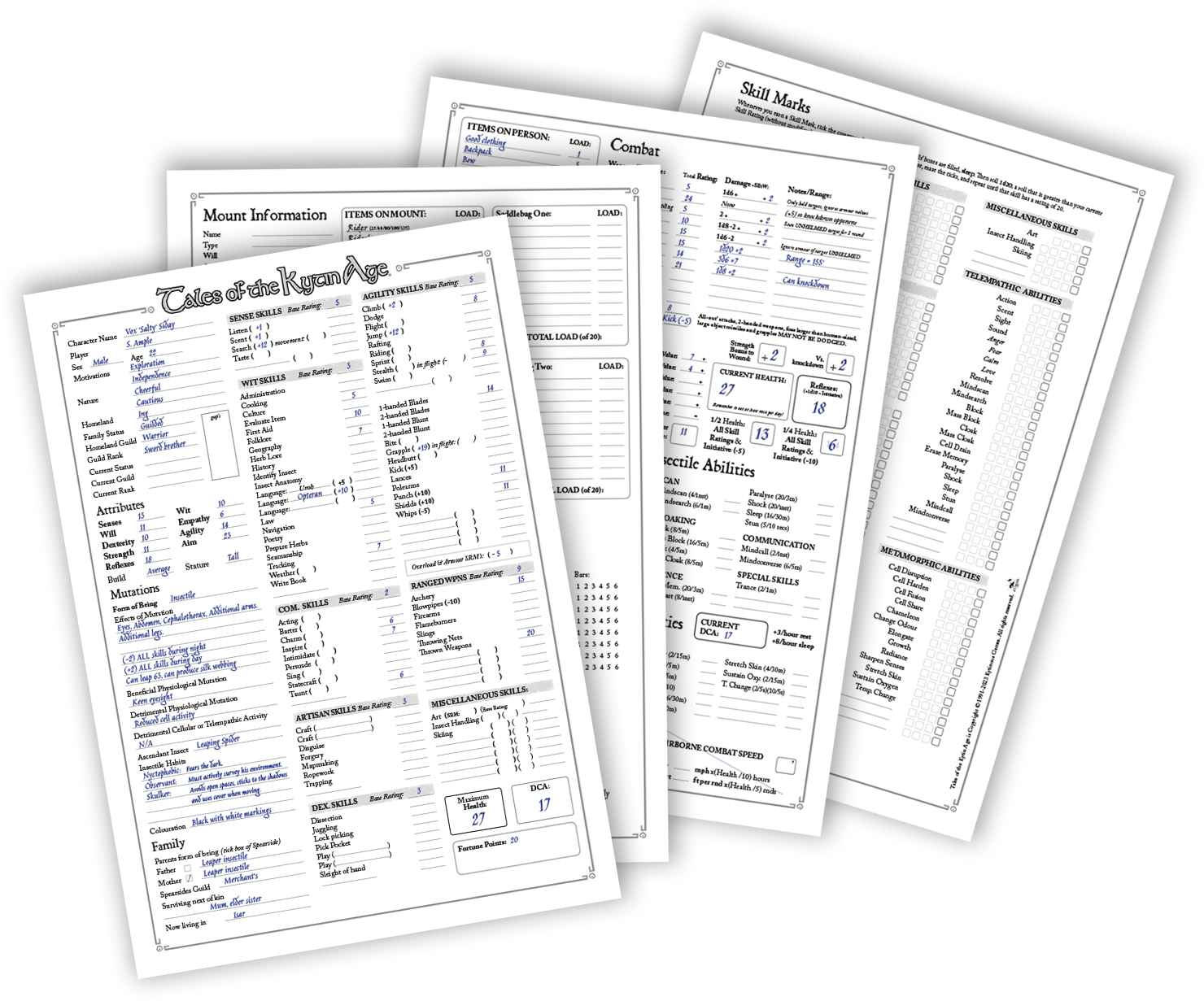
The four-page character sheet is packed with helpful notes.

Form of Being
There are four forms of being in the Kytin Age, each mutated versions of their 21st Century counterparts, though all considered remaining to the human race.
For hundreds of years the missionaries of the ‘Shyen-Mana’ – a sect of wise telempaths – have striven to reunite the disparate survivors, teaching that the only way mankind can possibly advance their fledgling society is to cast off notions of tribalism as so many variations of folk now exist there is no room to harbour misgivings of those different from oneself. Peaceful co-existence begins by recognising that under the many arms, legs, wings and kytinous visages, all are united by their human lineage, and each can be a force for good in the new world.
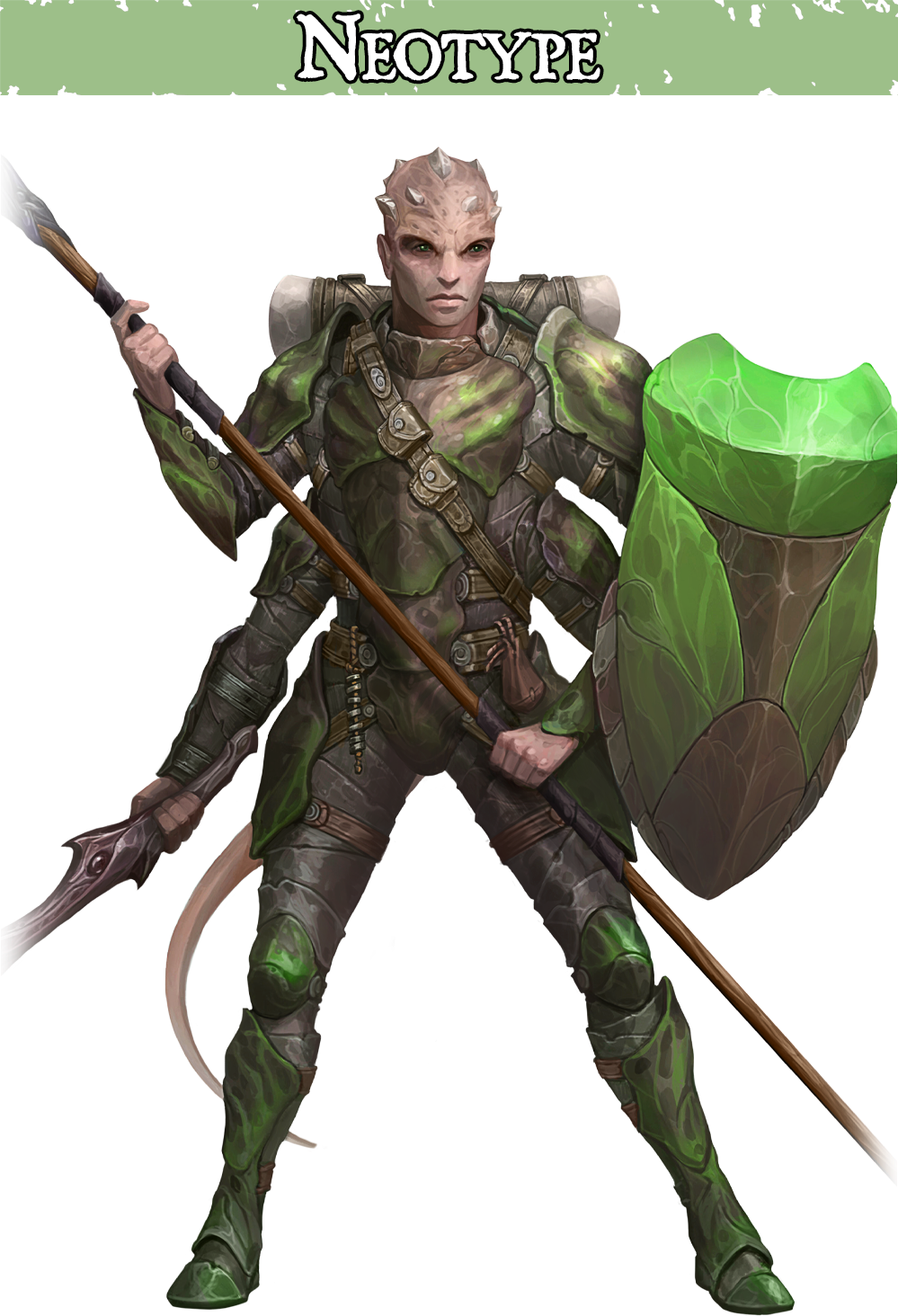
Neotypes are the oldest forms of being living in the Kytin Age. They first appeared 400 years after the Day of Fire and are the largest group of all the mutations. They are physically different, with traits ranging from skin discolouration to misshapen features and bone structure.
Their atypical anatomies are rarely a disadvantage, indeed, neotypes may be endowed with all manner of abilities hitherto denied the human race through additional limbs, strangely-shaped and coloured bodies and varying numbers of sensory organs. Hardy and robust, they are generally the fittest of the species and comprise approximately 75% of the population. Neotype characters are very adaptable and can perform a multitude of roles.
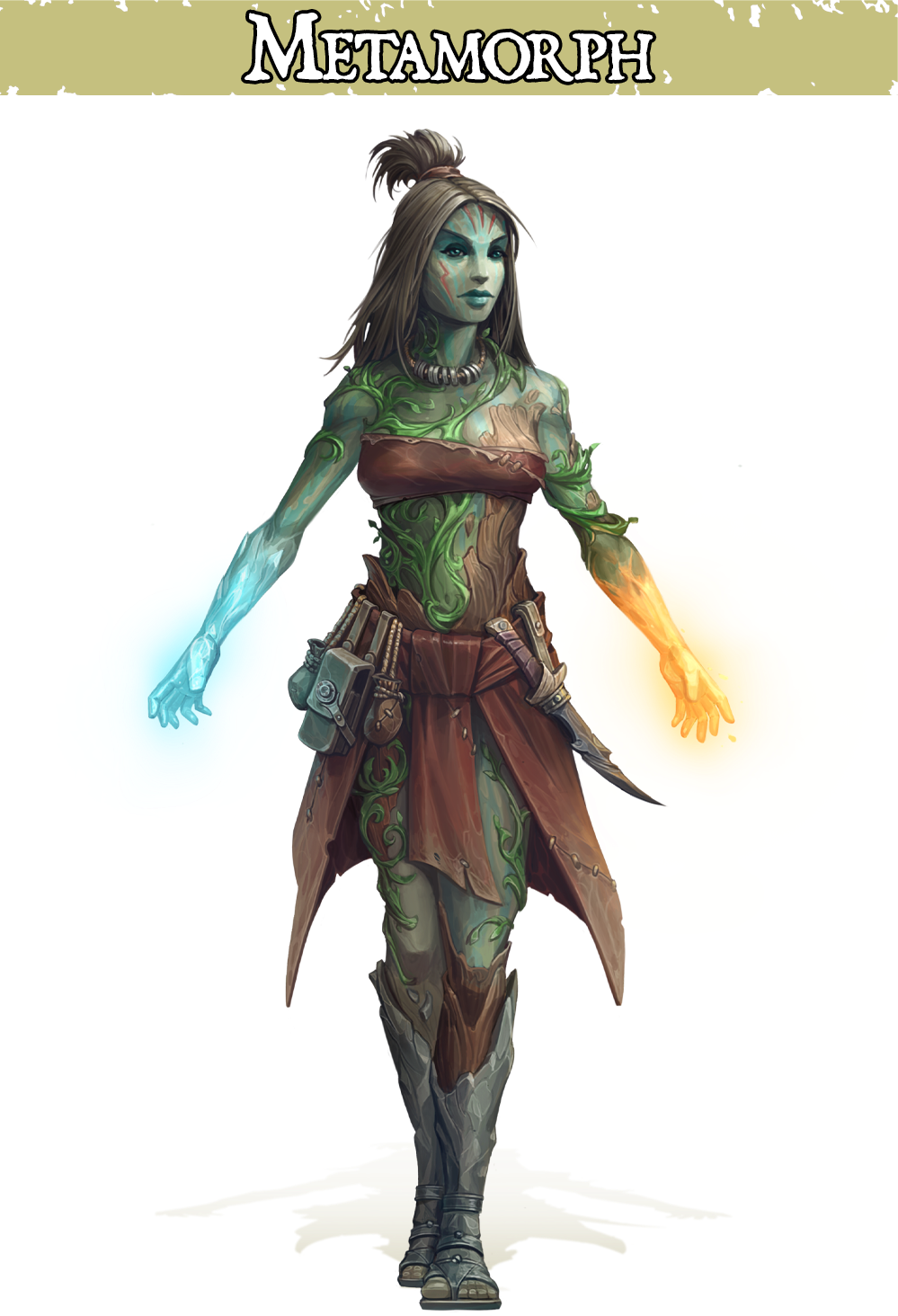
Appearing some 4000 years after the Day of Fire, metamorphs possess the ability to alter some or all of their cell structure to something other than its normal state.
Metamorphs are mutated on a cellular level and many have mastered the art of metamorphosis, manipulating their flesh as easily as wet clay, warping their bodies into unnatural positions and sizes.
Among many other abilities, these shapeshifters can alter their body temperature dramatically, certainly enough to start fires or freeze water, glow with bio-luminescence, replicate the colour and texture of other materials, and – most powerful of all – merge their cell structures with others in order to perform healing or inflict injury. They are an uncommon breed, with only four in one hundred folk displaying metamorphic physiology.
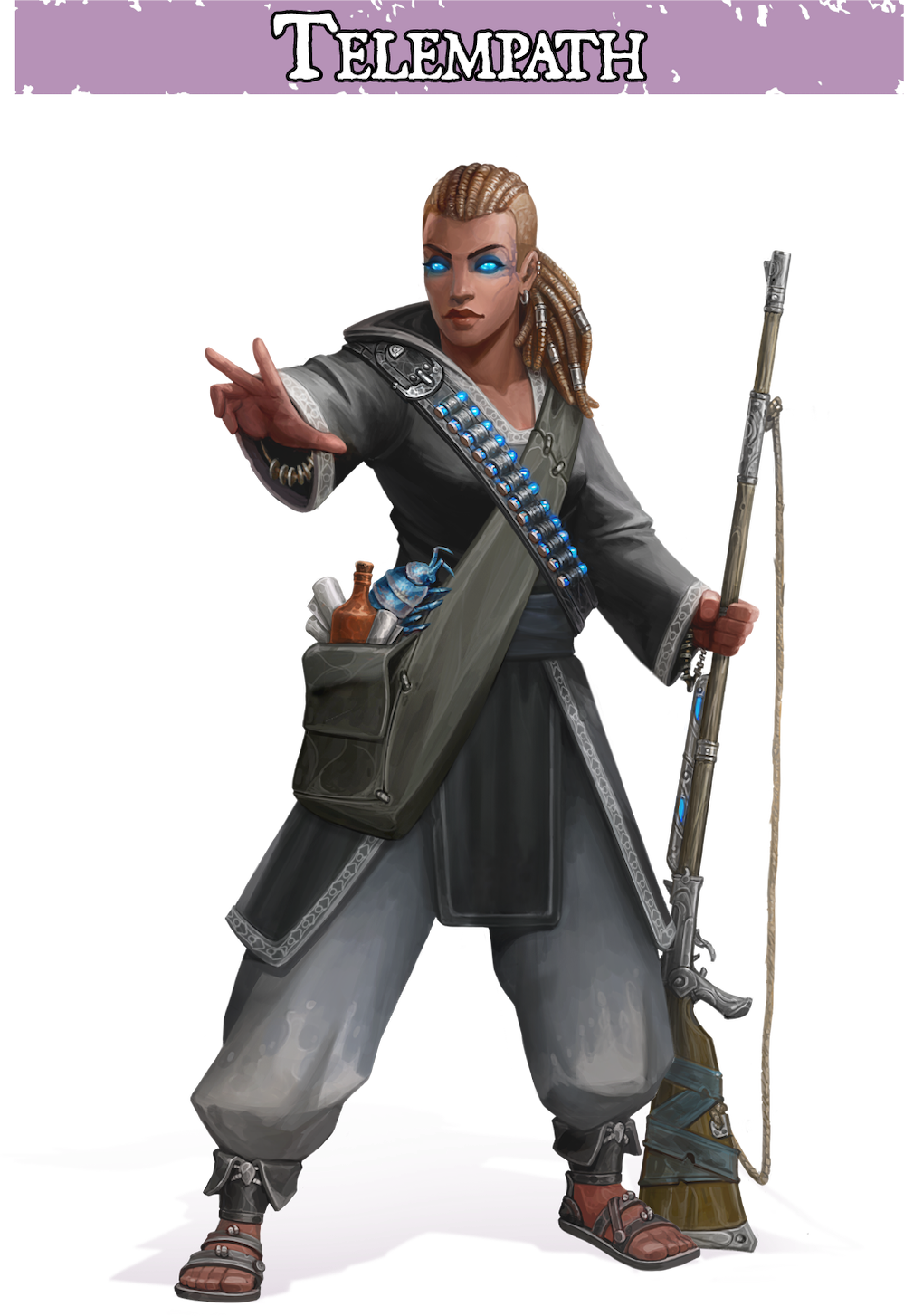
Shortly after metamorphs first appeared, the branch known as telempaths became known. Possessed of extra-ordinary powers of the mind telempaths can expand their consciousness over great distances and create empathic links with other human minds allowing not only communication but also the ability to read – and manipulate – others’ emotions and sensibilities.
These are the least frequent of beings that may be encountered, with only around one in a hundred born, and most of these are met with suspicion, distrusted and avoided by the common folk. Only amongst the ranks of the Shyen-Mana priesthood can telempaths truly harness their powers and find their place in the world, as those without disciplined guidance find their minds their own worse enemy, their powers of mental domination making a life of crime an all too easy path to follow.
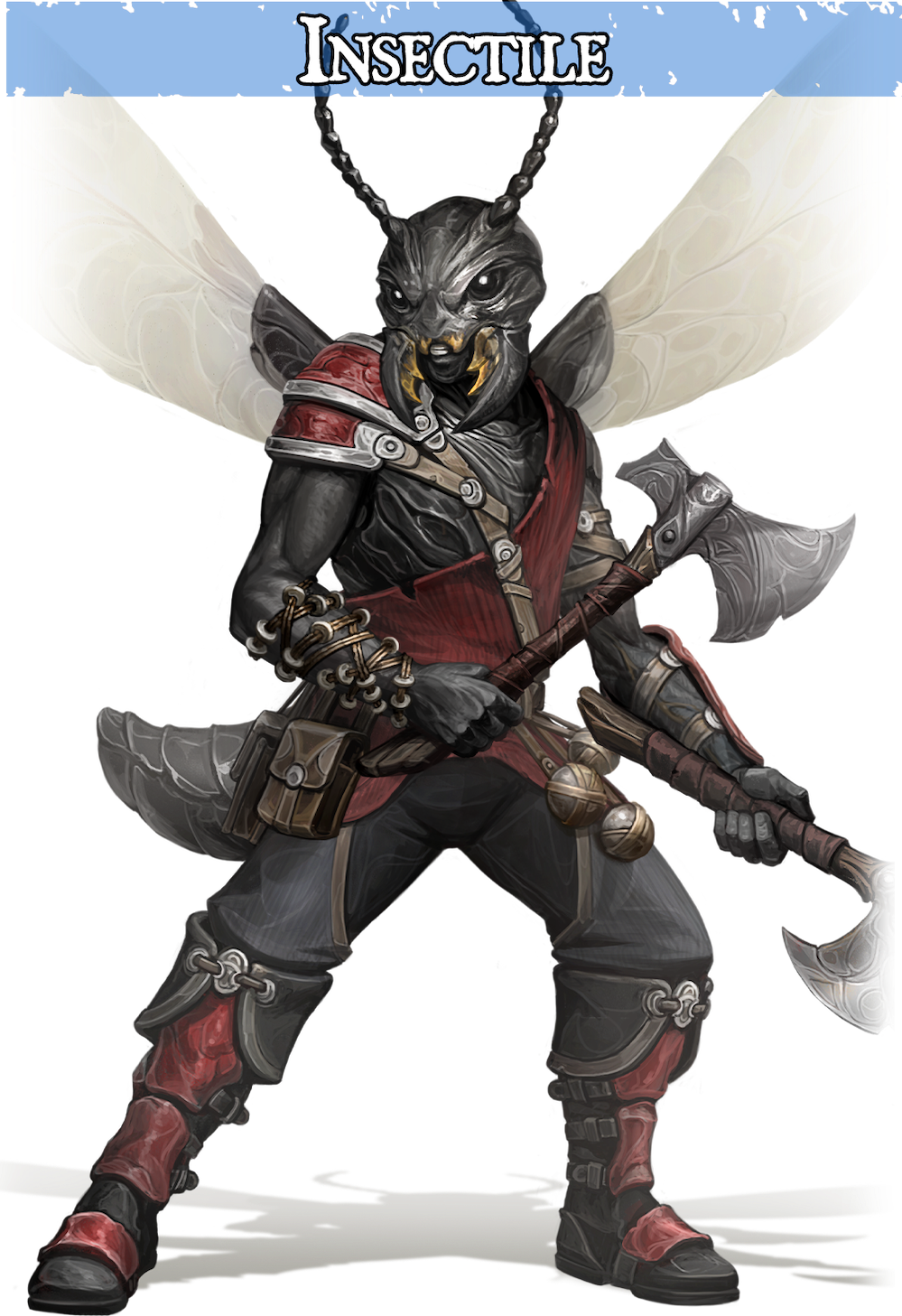
Insectiles are human beings who possess the attributes of both human and insect, the progeny of parents infected with opteraphage. Insectile individuals vary greatly in appearance as each displays random aspects of a particular ‘ascendant’ insect. Approximately 20% of those in the Kytin Age are of insectile form – a number greatly increased since the ‘Great Insect Wars’ of some 300 years in the past.
Insectiles share an empathic relationship with their Ascendant Insect – the creature that caused their parent’s infection – and can exert control over it to some degree. They also benefit from possessing such limbs as wings, allowing flight, extra-sensory antennae, and armoured skin that provides natural protection. They also share certain mental traits of the Ascendant Insect – their personalities affected by instincts often beyond their control.
The core game introduces 21 ascendant insects from which a player may derive their character; from the lowly roach and buzzfly to the mantid, dragonfly and giant antler beetle. To the folk of the Kytin Age arachnids are included when they talk of the ‘Great Insects’ and there are some among them who share the genetics of the leaping spider, bulky tarantula or armoured scorpion.
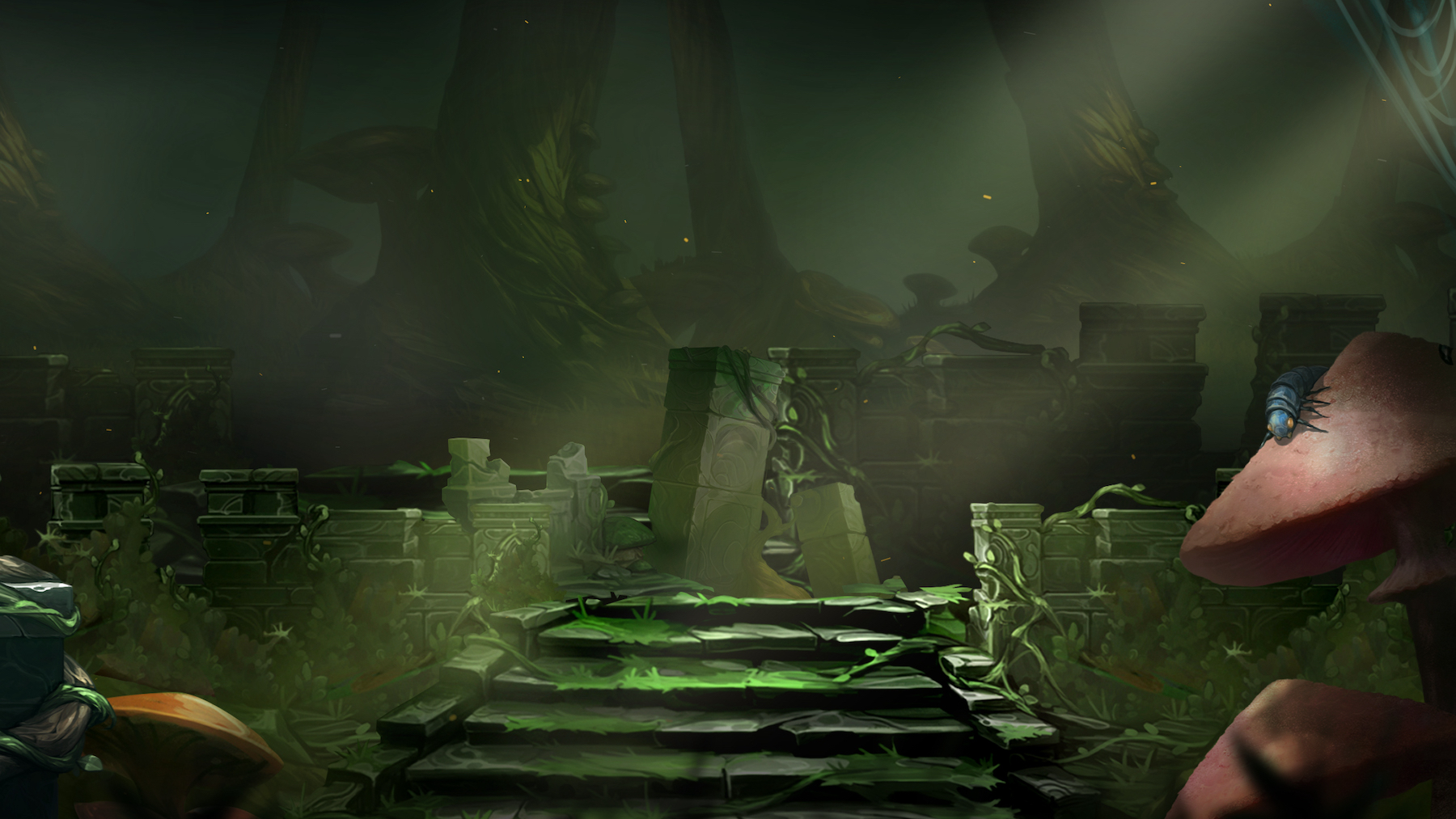
Occupations
Tales of the Kytin Age is a ‘classless’ RPG wherein characters are not limited to a set of skills and abilities belonging to a given template – they may learn and progress in any field of expertise unless a particular ability is unavailable to their form of being. That said, a player may enrol their character into one of sixteen guilds if they do wish to specialise.
Beyond the typical occupations often found in a medieval setting (warriors, thieves, entertainers and healers are all represented), there are opportunities to become knightly wayfarers, criminal-chasing lawkeepers, or studious book-bearers. Valets and diplomats attract the dutiful, as do the monk-like ranks of the Shyen-Mana. Whereas the crafters and farmers guilds appeal to the more down to earth, those who enjoy travel will see their fair share of the world in the courier and sailors guilds. Hunters can often be seen bringing fresh game in from the wild, the prized insect meat and kytin often taken directly to the merchants’ guild.
However, should a player wish their character to be entirely independent, they always have the option to be ‘unguilded’.
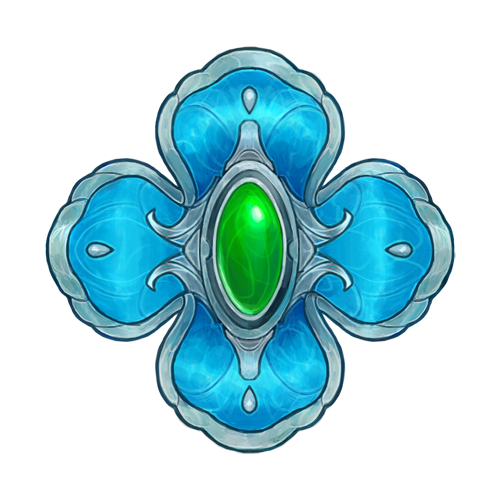
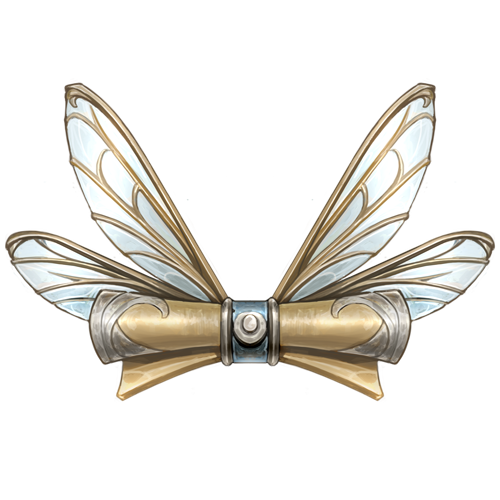
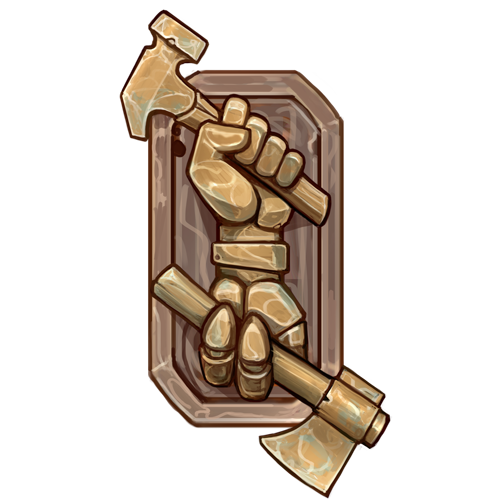

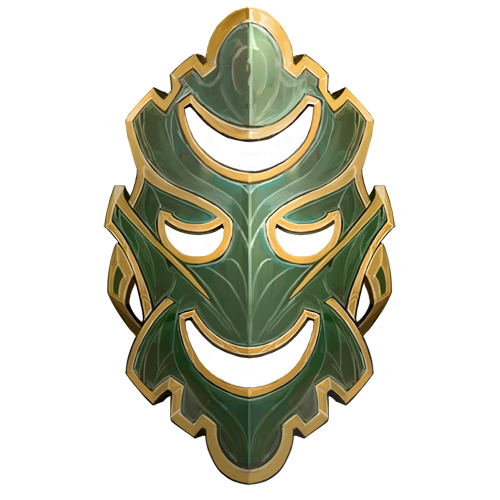

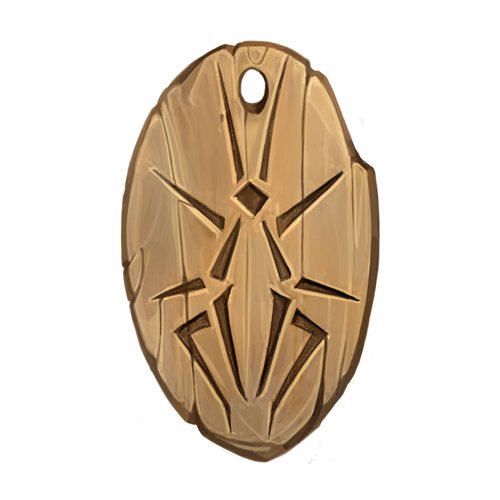
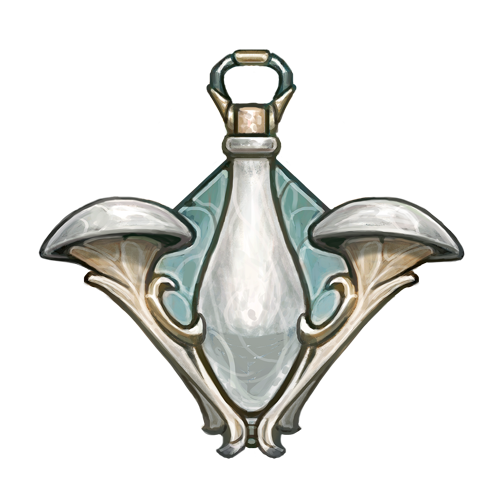
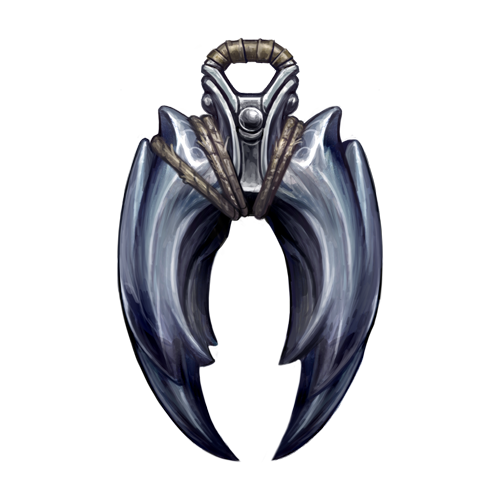
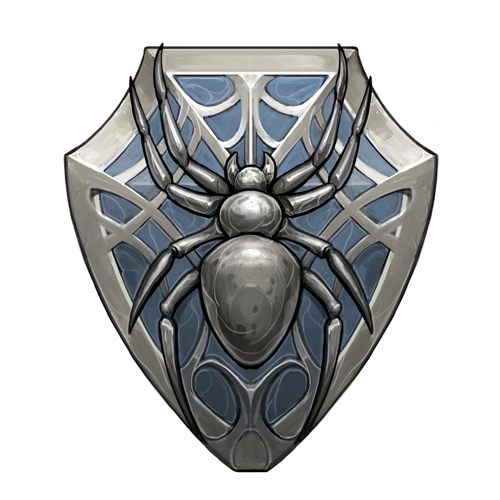
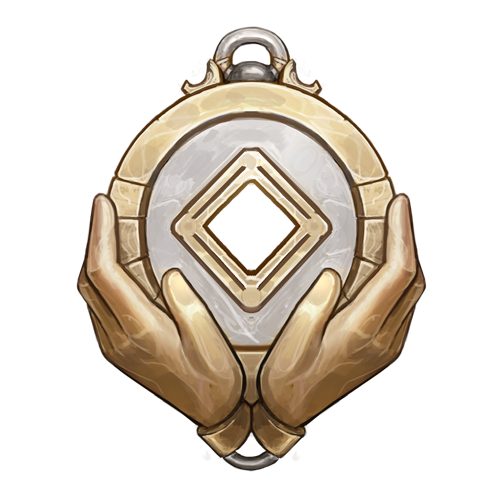

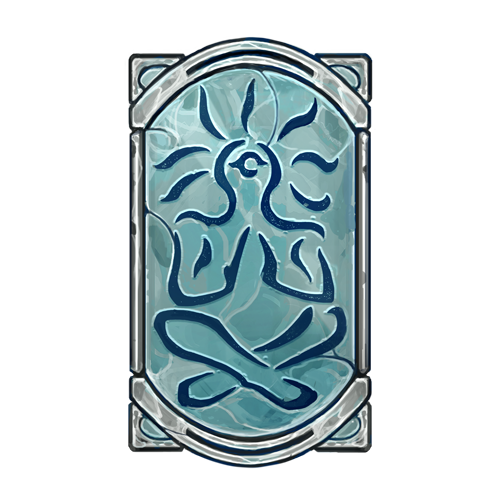
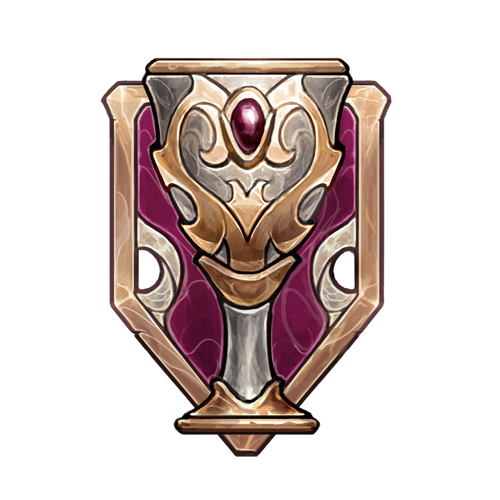
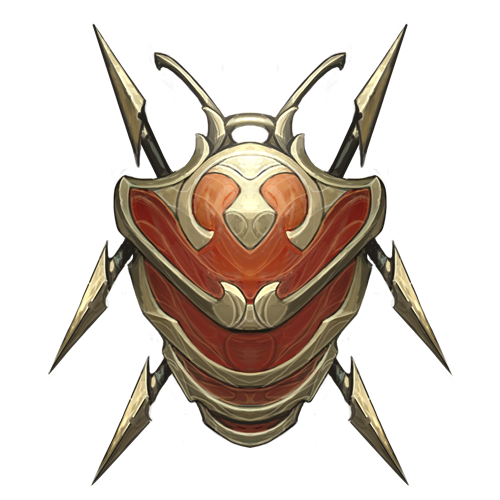
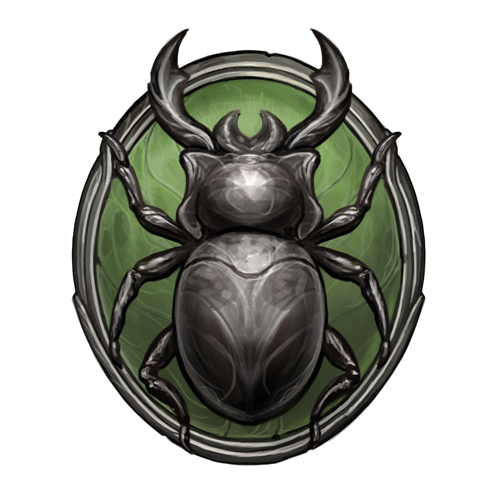


Game Mechanics
Skill Use
Skill proficiency is rated 1-20, with success determined by rolling equal to or less the current Skill Rating on a 1d20. However, integral to the system is the degree of success. A Skill Test may result in an acceptable, great or exemplary success. Similarly, failure can be judged by an unsuccessful, profound, or disastrous outcome.
The unique consequences of each degree of success/failure relate to many tests made during play, such as when writing a book, compelling a mount into combat or trying to pull off a telepathic mind trick. Every skill enjoys its own results table, making for some truly memorable moments.
Underpinning the skill system are ‘SRM’s’ – Skill Rating Modifiers. These situational modifiers are added or subtracted to a character’s Skill Rating immediately prior to a Skill Test and reflect such factors as poor lighting, effects of injury or being over-encumbered. Many insectile characters enjoy long-lasting SRM’s via their body parts. A pair of antennae, for example, may afford a generous SRM, permanently increasing their Scent skill.
SRM’s are independent from Skill Ratings, oftentimes allowing dramatically raised or lowered odds of success compared to base skill profiency.
Skill Advancement
A character’s competence in each of their skills increases through use, instruction or by reading. Successful application of a skill earns a Skill Mark. Once a set number of marks have been accrued a character may then ‘sleep on it’ and attempt to absorb what they have learned. Player characters may instruct each other during the course of their travels together or write books which they or their companions might profit from.
Daily Cell Activity
There are no wizards in the Kytin Age, no spells, no ‘mana’ nor other spiritual sources to power magic use. The closest analogy would be a telempath or metamorph’s natural abilities – the powers of the mind and body.
Their abilities are fuelled by the expenditure of one resource, that individuals’ cellular activity – their own physical and mental vitality. Spent reserves are generally replenished after a night’s rest, so Daily Cell Activity, or DCA, is the term used for this precious energy.
All characters possess DCA whether they can put it to use it or not. Some metamorphs and telempaths can siphon off anothers’ DCA for their own use. Unconsciousness is the result of total DCA loss.
Combat
Combat is turn-based with each round representing approx. 5 seconds. Each combatant receives 2 Action Points per round which may be spent to perform a wide choice of actions, from movement to melee. Here, combatants attempt Opposed Skill Tests, with the highest degree of success representing victory.
The system allows for aerial, ground-to-air and giant insect vs insect combat – and much more besides. Characters may simply hack and slash, but more complex tactics such as ‘all-out’ attacks, mounted lancing-charges, knockdowns, grapples, dual wielding and ripostes can be made. Weaponry ranges from sword and shields to rifles, ‘stumpguns’, bolas and throwing nets. From venomous stings to crunching mandibles!
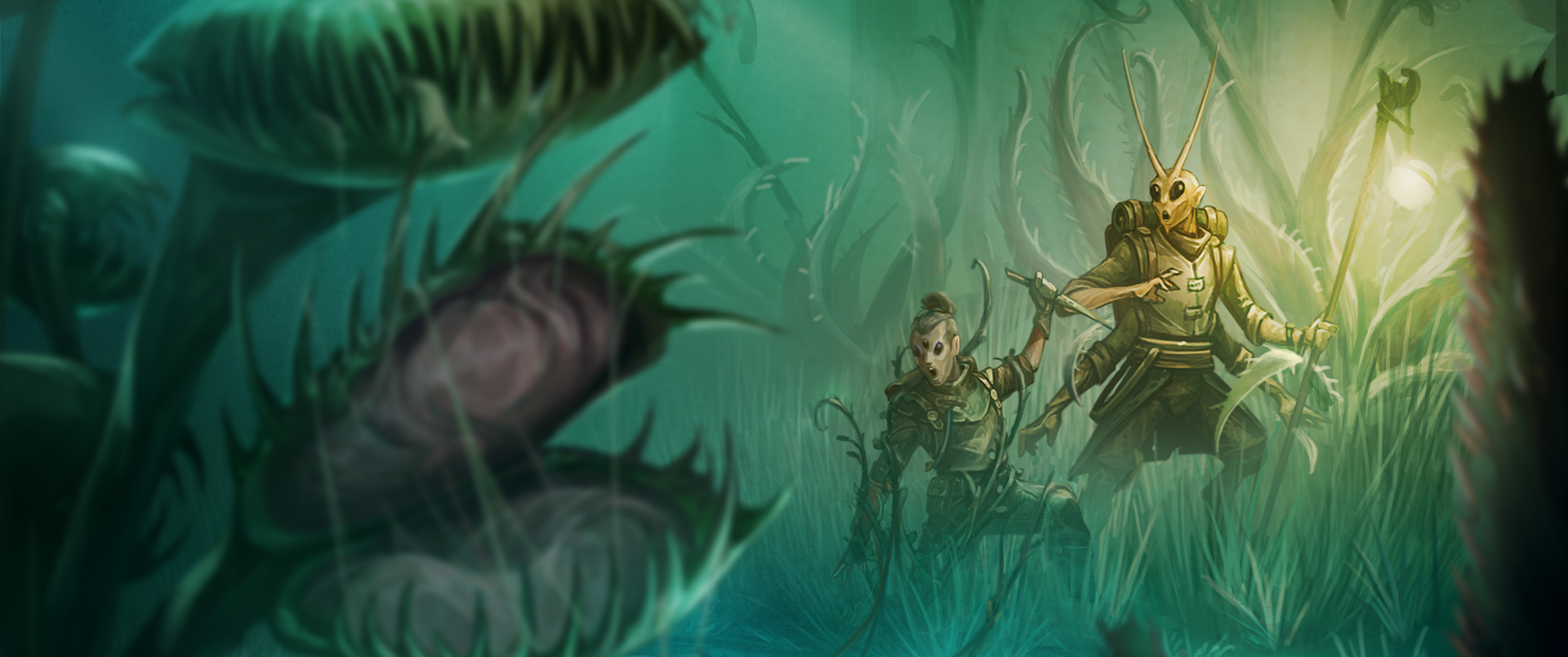

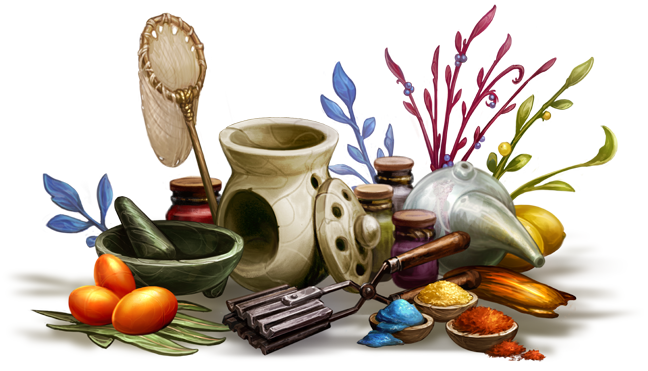
Injury & Healing
Characters must be very careful to avoid confrontation unless they are well prepared. Against unarmoured targets weapons can kill in a single blow, and a great insect can wipe out a group of armoured prey in as many combat rounds.
Receiving any amount of damage is a big deal in TotKA, much more so than most other role-playing games. There are no magic healing potions, spells or gods to convey their benevolent touch through clerical conduits. Fortunately, skilled metamorphs maintain the role of preternatural general practitioners, using their cell-warping abilities to merge and close even open wounds, but these special folk are few and far between.
A plant-based salve can be made to promote initial healing but for the most part it is rest and recuperation, laid up sipping herbal tea, that the injured can look forward to recovering lost health.